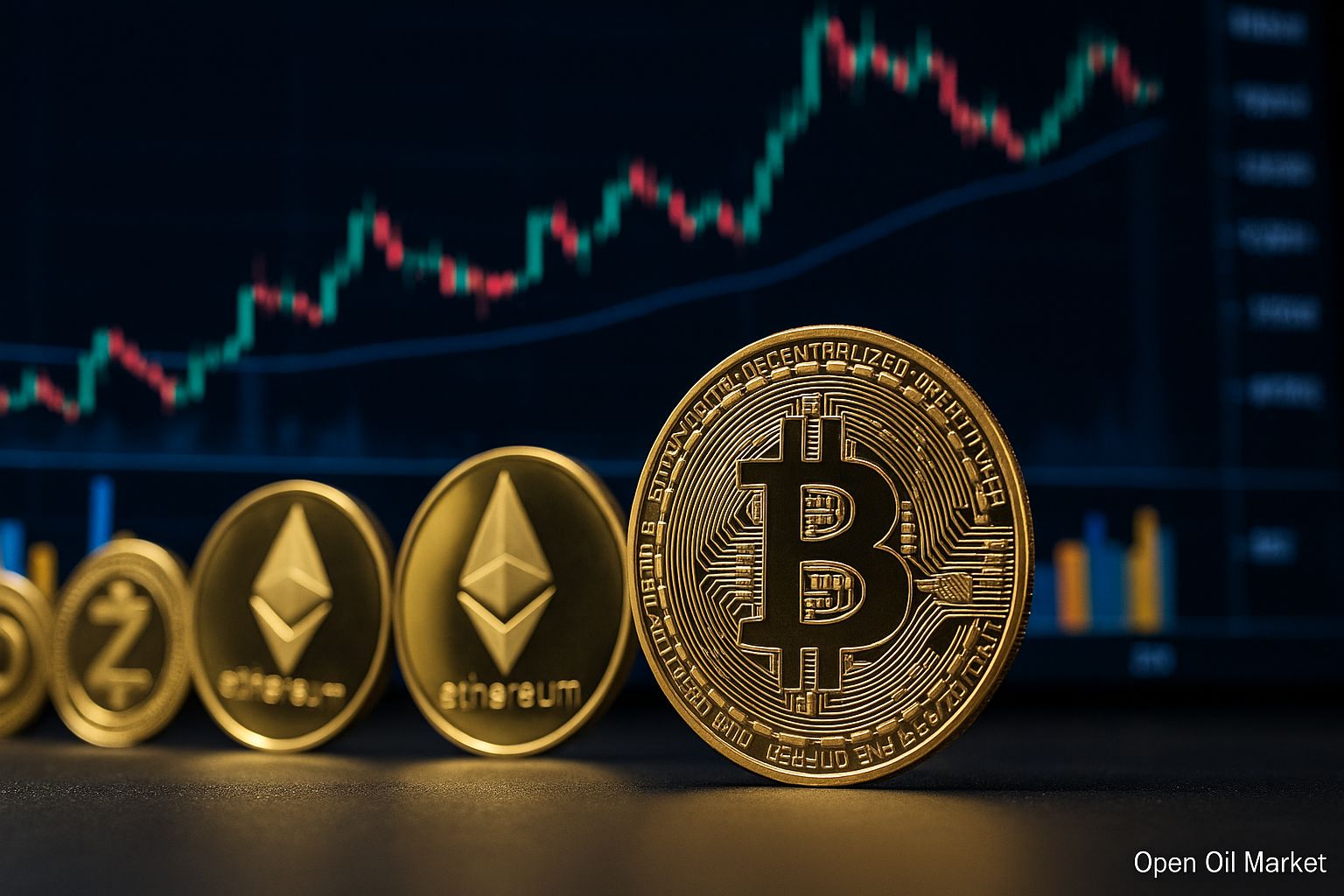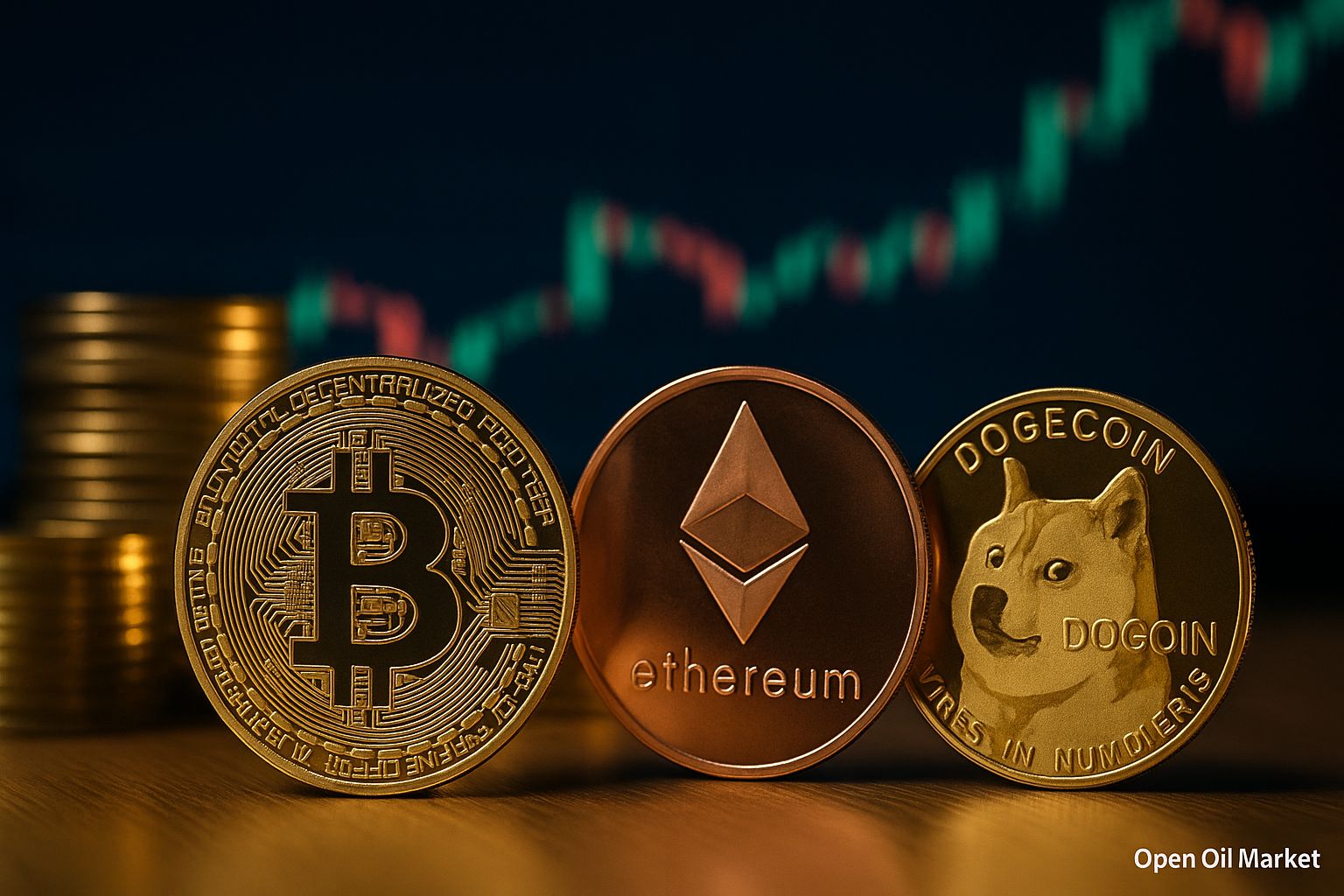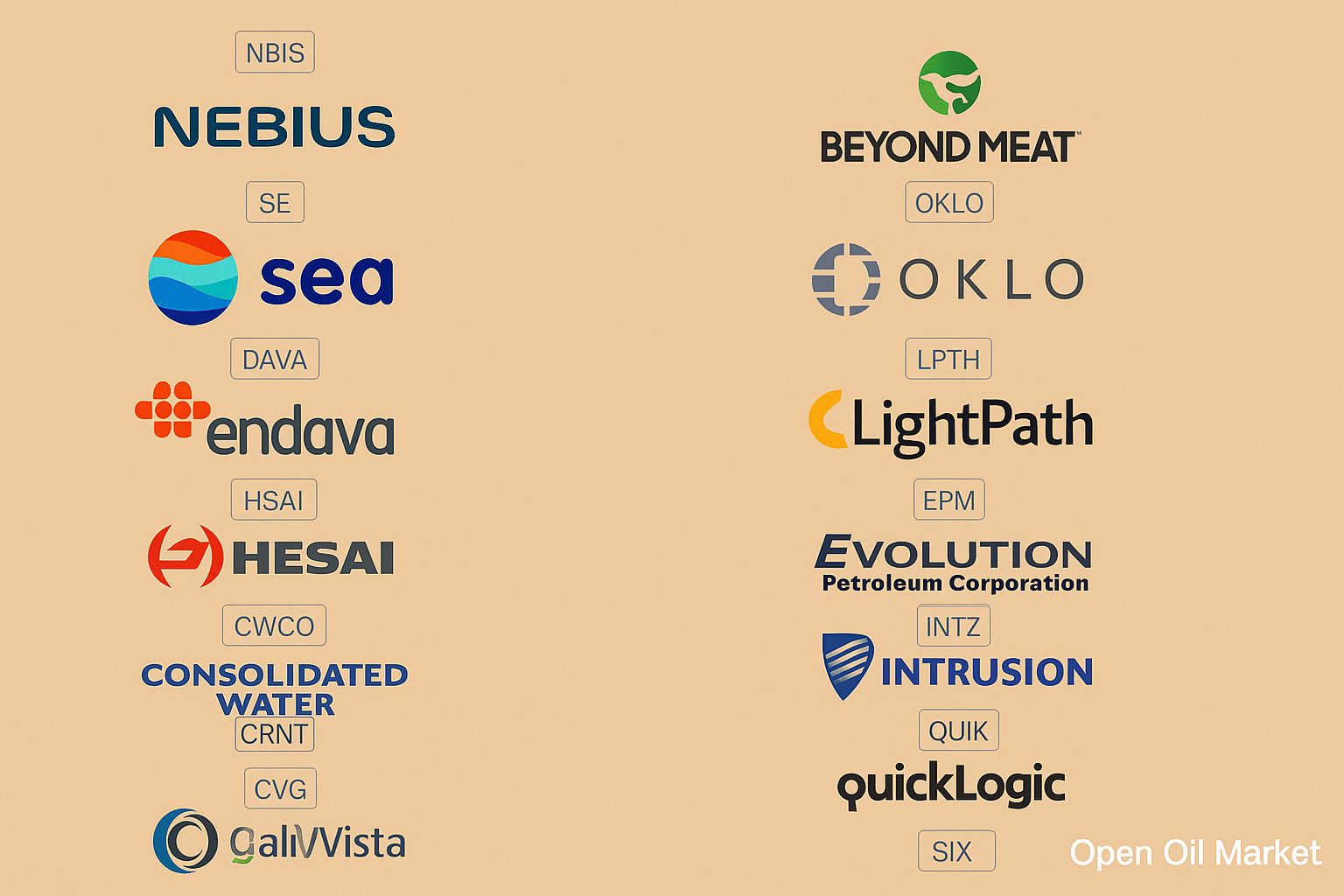
Cryptocurrency Overview as of 1 November 2025: Bitcoin Stabilises Around $110,000, Ethereum Prepares for Fusaka Upgrade, Altcoins Show Mixed Dynamics. Comprehensive Digital Asset Market Analysis.
As of the end of October 2025, the global cryptocurrency market capitalisation stands at approximately $3.7 trillion, with the leading coin, Bitcoin, trading around $110,000. Throughout October, the BTC price fluctuated within the range of $106,000 to $110,000, following a historic high that exceeded $126,000 at the beginning of the month. Analysts surveyed have warned of significant volatility and the potential for mixed price movements; for instance, one prominent commentator estimates the Bitcoin range for early November to be between $108,000 and $120,000, with possible short-term corrections and attempts to break these levels. Simultaneously, several large altcoins exhibit diverging dynamics: Ethereum is holding within the corridor of $3,800 to $4,000, while the privacy coin Zcash has shown phenomenal growth—its price has surged nearly 900% over the past two months, surpassing $375.
Federal Reserve and Macroeconomics
In the United States, the Federal Reserve concluded its October meeting with another reduction of the base rate to 3.75%–4%. However, Fed Chair Jerome Powell indicated that further cuts in December are not guaranteed. These statements, coupled with a prolonged government shutdown in the US, have heightened investor uncertainty: Powell's comments triggered a drop in the Bitcoin price by approximately 2%, and by the end of the week, there was a net outflow of over $600 million from spot BTC ETFs. Consequently, amidst these developments, the BTC price fell below $108,000 but returned to around $110,000 by the morning of 1 November.
Global Events and Geopolitics
Investor sentiment is also influenced by global events. For instance, the meeting between US and Chinese leaders ended without a joint communiqué, signalling a negative outlook: despite agreed tariff reductions, the absence of a concluding statement has diminished market optimism. In Asia, central banks maintain a stringent stance: the People's Bank of China reiterated that stablecoins are a systemic threat and continues to ban cryptocurrency activities since 2017. In contrast, Japan launched its first yen-based stablecoin, JPYC, under new regulation in October 2025. These examples underline a global divergence: while some countries tighten control, others endorse innovation.
Major Altcoins and Technological Upgrades
Besides BTC, interest in major altcoins is growing. Ethereum remains the second-largest cryptocurrency by market capitalisation (~$466 billion) and serves as a platform for DeFi and NFTs. Currently, ETH trades in the vicinity of $3,800 to $4,000, with tech traders focusing on the upcoming Fusaka fork scheduled for December. This hard fork aims to reduce fees and enhance network security, which may stimulate demand for ETH in the coming weeks. Other notable projects in October included Solana (notable surge in May activity) and product launches: Binance announced spot ETFs for SOL, LTC, and HBAR, while the SEC prepares to launch a spot ETF on XRP by mid-November. Such initiatives are generating additional interest in altcoins amidst the overall revitalisation of sentiment.
Institutional Flows and ETFs
Institutional demand for crypto instruments remains variable. According to analysts, recent weeks have seen simultaneous inflows and outflows in Bitcoin ETFs, yet the overall trend has pressured prices. However, several new products have successfully launched: the spot ETFs for SOL, LTC, and HBAR recorded significant initial inflows, and the XRP ETF awaits approval in November. The expansion of opportunities for institutional investors is helping to attract "traditional" investments and provide additional liquidity to the market; however, ongoing debates surrounding the regulation of such funds are maintaining investor caution.
Regulation of Cryptocurrencies Worldwide
On a political level, new rules for cryptocurrencies are under discussion. In particular, in Russia, the Ministry of Finance and the Central Bank have agreed to regulate cryptocurrency transactions within foreign trade operations, legalising them with enhanced control from the Central Bank. Meanwhile, the accessibility of crypto investments in the country is planned to be limited to "highly qualified" participants. In other regions, regulators continue to seek a balance: the EU and the US are analysing the experiences of existing ETFs, while China maintains a strict regime (banning mining and trading since 2017). All of this illustrates that key global economies are striving to ensure the safety of their financial systems while not neglecting to support technological progress.
Top 10 Most Popular Cryptocurrencies
- Bitcoin (BTC) — The first cryptocurrency, leading in capitalisation (~$2.20 trillion). Regarded as "digital gold," it is used as a hedge against inflation.
- Ethereum (ETH) — The second-largest by capitalisation (~$466 billion). A platform for smart contracts and DeFi. In 2025, ETH prices rose in anticipation of upgrades.
- Binance Coin (BNB) — The exchange token of Binance (~$149 billion). Used for fee payments and participates in the Binance ecosystem.
- XRP (Ripple) — The token of the Ripple payment network (~$152 billion). Often called the "crypto-gateway" for interbank transactions. Despite regulatory disputes, it remains widely popular.
- Solana (SOL) — A blockchain for high-performance applications (~$104 billion). It attracts developers due to its high speed, routinely utilised in NFTs and DeFi.
- Dogecoin (DOGE) — A "meme" coin (~$28.2 billion). It has a large community and media support (notably from SpaceX founder Elon Musk), maintaining its popularity among retail investors.
- TRON (TRX) — A platform for entertainment and multimedia applications (~$28.0 billion). It promotes its network through BitTorrent services, often used in gaming and entertainment projects.
- Cardano (ADA) — A "third-generation" blockchain (~$22.5 billion). It focuses on security and scalability and conducts its technological developments (for instance, Ouroboros).
- Litecoin (LTC) — The "silver to Bitcoin's gold" (~$7.3 billion). Created as a lighter copy of Bitcoin with accelerated issuance, it's often used for testing upgrades (incorporating SegWit, Lightning, etc.).
- Avalanche (AVAX) — A platform for fast decentralised applications (~$7.9 billion). It attracts DeFi projects with its unique consensus and low transaction latency.
Market Forecast for November 2025
Analysts anticipate that November will commence with volatility. In the first half of the month, prevailing sentiments are likely to remain subdued due to unresolved macroeconomic and geopolitical issues: forecasts suggest that BTC may fluctuate within the range of $108,000 to $120,000. However, as November progresses, the traditional seasonal "Santa Claus rally" may bring about growth: investors may close short positions and seek to capture positive market sentiment, which theoretically could propel Bitcoin back to levels of $120,000 and above. Key factors will include the successful launch of Ethereum's Fusaka and the stabilisation of the global economy and dollar market.




